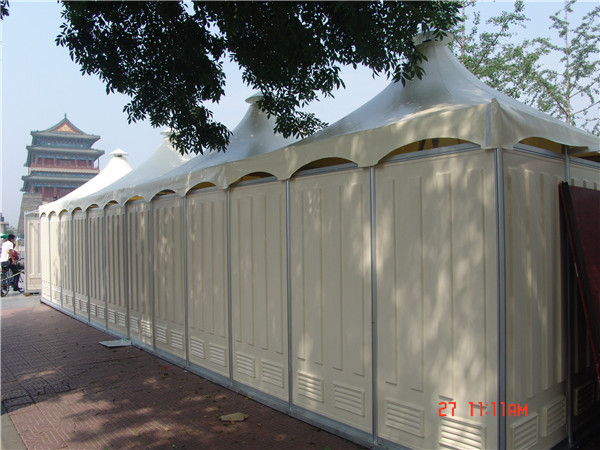Okt . 31, 2024 00:20 Back to list
drip irrigation from pvc pipe
Drip Irrigation from PVC Pipe An Efficient Solution for Watering Plants
In recent years, drip irrigation has gained popularity as an efficient method for delivering water directly to the roots of plants. One of the most cost-effective materials for building a DIY drip irrigation system is PVC (Polyvinyl Chloride) pipe. This article explores the benefits and process of creating a drip irrigation system using PVC pipes.
The primary advantage of drip irrigation is its ability to conserve water. Unlike traditional watering methods that can lead to evaporation and runoff, drip irrigation minimizes water wastage by delivering it straight to the plant roots. This targeted approach not only saves water but also reduces the risk of overwatering, which can harm plants and lead to soil erosion.
Building a drip irrigation system from PVC pipes is relatively straightforward, making it accessible for gardeners of all skill levels. Here's a step-by-step guide to creating your system
1. Materials Needed You will need PVC pipes (typically 0.5 to 1 inch in diameter), PVC connectors, a drill with a small drill bit, a water source (like a hose or faucet), and emitter tubing or drip tape.
2. Design Your Layout Before cutting any pipes, plan your garden layout. Consider the type of plants you're watering and their spacing. This will help you determine how long your PVC pipes need to be and where to place the emitters.
3. Cut the PVC Pipes Based on your design, cut the PVC pipes into the desired lengths. Ensure you have enough pieces for the main line and the branches that will direct water to the individual plants.
drip irrigation from pvc pipe

4. Drill Holes for Emitters Using a drill, create small holes spaced appropriately along the PVC pipes. The size and spacing of these holes will determine the flow rate of water to each plant.
5. Attach Emitter Tubing Connect the emitter tubing or drip tape to the holes. These emitters will allow water to slowly drip out, ensuring consistent moisture levels for your plants.
6. Connect to a Water Source Attach your PVC drip irrigation system to a water source. You may want to include a filter to prevent clogging and a pressure regulator to control the water flow.
7. Test the System Before planting, run water through your system to check for leaks and ensure that all emitters are working properly. Adjust as needed.
8. Maintenance Regularly check for blockages and leaks to keep your system functioning efficiently. Cleaning the emitters and flushing the pipes can help extend the life of your drip irrigation system.
In conclusion, constructing a drip irrigation system using PVC pipes is an environmentally friendly and economical way to ensure your plants receive the water they need. By following the above steps, you can create a personalized irrigation solution that enhances plant health and conserves water. Whether for a home garden or a larger agricultural venture, PVC drip irrigation is a viable option worth considering.
-
PVC Transparent Sheet Roll - Durable & Flexible PVC Plastic Sheet Roll for Industrial & Home Use
NewsJun.24,2025
-
High-Quality PVC PPR Pipes and Fittings Durable ERA PPR Solutions
NewsJun.10,2025
-
High-Quality Large HDPE Sheets & Large Diameter PVC Pipe Durable Large PVC Pipe Supplier
NewsJun.10,2025
-
High Density Polyethylene Cutting Board - Durable & Food Safe
NewsJun.09,2025
-
3 Inch PVC Pipe for Durable Irrigation Affordable & Reliable
NewsJun.09,2025
-
Premium PPR Plastic Water Pipe Fittings - Durable & Leak-Free
NewsJun.09,2025

